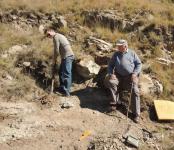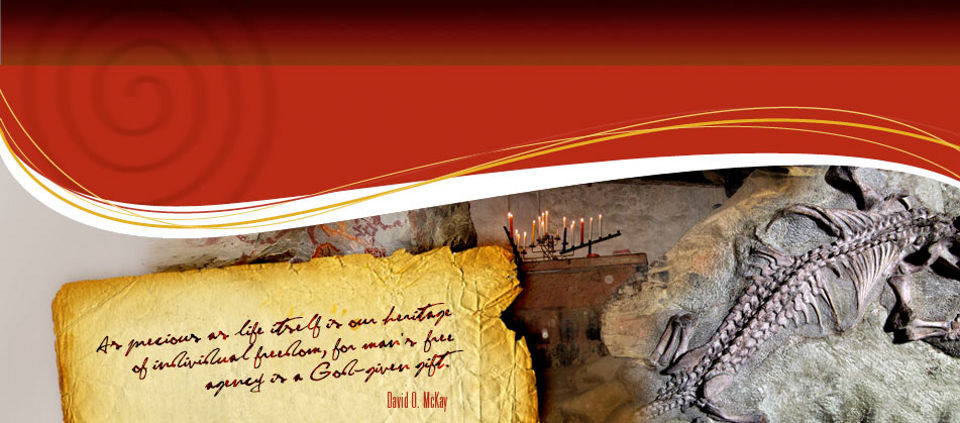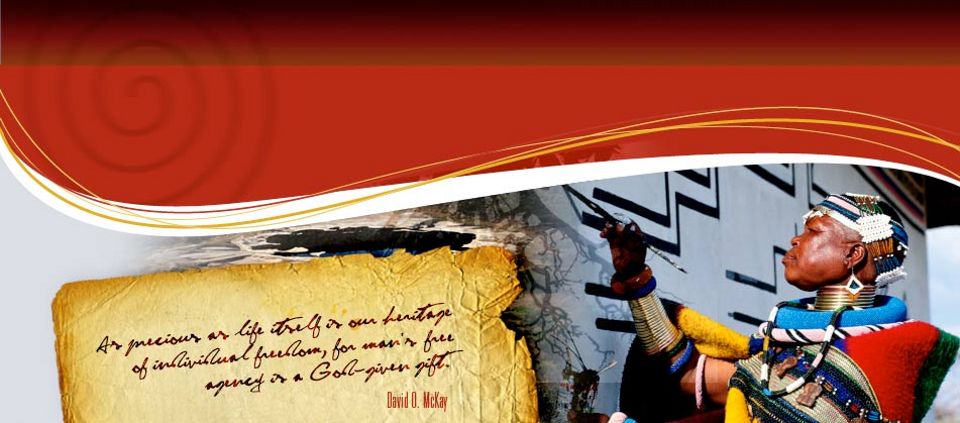THIS IS THE ARCHIVE FOR SAHRIS 1.0
THIS SITE IS NOW AN ARCHIVE AND IS NOT SUITABLE FOR MAKING APPLICATIONS
Please be aware that no content and application creation or changes to information on this version of SAHRIS will be retained.
To make applications or utilise SAHRIS for the creation of information, please use the new site:
https://sahris.org.za
Changes to SAHRIS!
The South African Heritage Resources Information System (SAHRIS) has undergone a generational upgrade and restructure. These changes to the site include, but are not limited to:
- A new & modernised look and layout
- Improved site usage flows with respect to applications and content creation
- Improved site performance and stability
Launch for the new version of SAHRIS occurred on Monday the 30th of October 2023.
The new site can be found here:
SAHRIS | SAHRIS
Dinosaur Fossil Bone Stolen!
During the week of 13th – 17th May, a team of palaeontologists from the University of the Witwatersrand, Johannesburg, and the Albany Museum/Rhodes University, Grahamstown, began to excavate a large dinosaur that had been discovered in a road cutting on the R393 between the Mountain Shadows Hotel and Moshesh’s Ford. The dinosaur fossil was first reported to Dr Billy de Klerk of the Albany Museum by Mr Selby Vorster, of Elliot, in 2011.
During the first visit to evaluate the fossil Dr de Klerk realised that this dinosaur was very significant because it represented the first occurrence of its type from the Clarence Formation sandstone and, in all likelihood was a new species of Jurassic dinosaur, estimated to be 200 million years old. At this stage, he tentatively identified it as a sauropodomorph – a long-neck, long-tail form of primitive dinosaur that would have been about six metres long. Dr de Klerk set up a collaborative project with Dr Jonah Choiniere, of Wits University to excavate and study this new and exciting dinosaur.
After two days of exhausting digging, they had managed to expose the tail, some parts of the leg bones and ribs. On returning to the excavation site on Wednesday morning (15th May), they were horrified to discover that a part of the thigh bone (femur), about 35cm long and 10cm in diameter had been removed. Reports suggest that the bone had been taken between 7am and 8:30am that morning. The total length of the femur is estimated to be 100cm and this stolen part has anatomical detail which is vital for identification purposes.
Fossils, archaeological material and meteorites are protected by the National Heritage Resources Act 25 of 1999, and they are all regarded as part of the “National Estate”. No fossils may be excavated, collected, sold or traded in South Africa without a valid permit and therefore no fossil has any monetary value at all. Whoever removed this important fossil may not have been aware of the seriousness of their actions. Dr de Klerk has appealed to this person to return this vital part of our fossil heritage without prejudice. The matter has been reported to Warrant Officer Gustav Spann of the SAPS (Elliot). Should the fossil not reappear within the month, a theft docket will be opened and formal investigation will follow.
If you have any information about this incident or the location of the fossil, please contact:
Ms Jenna Lavin, palaeontological heritage officer at SAHRA on 021 462 4502 or jlavin@sahra.org.za
A case has been opened on SAHRIS should any further developments arise and members of the public are welcome to view the progress and comment on this issue here:
http://www.sahra.org.za/content/sauropodomorph-removed-r393-eastern-cape
AttachedDocs:
Post date:
- 4686 reads






